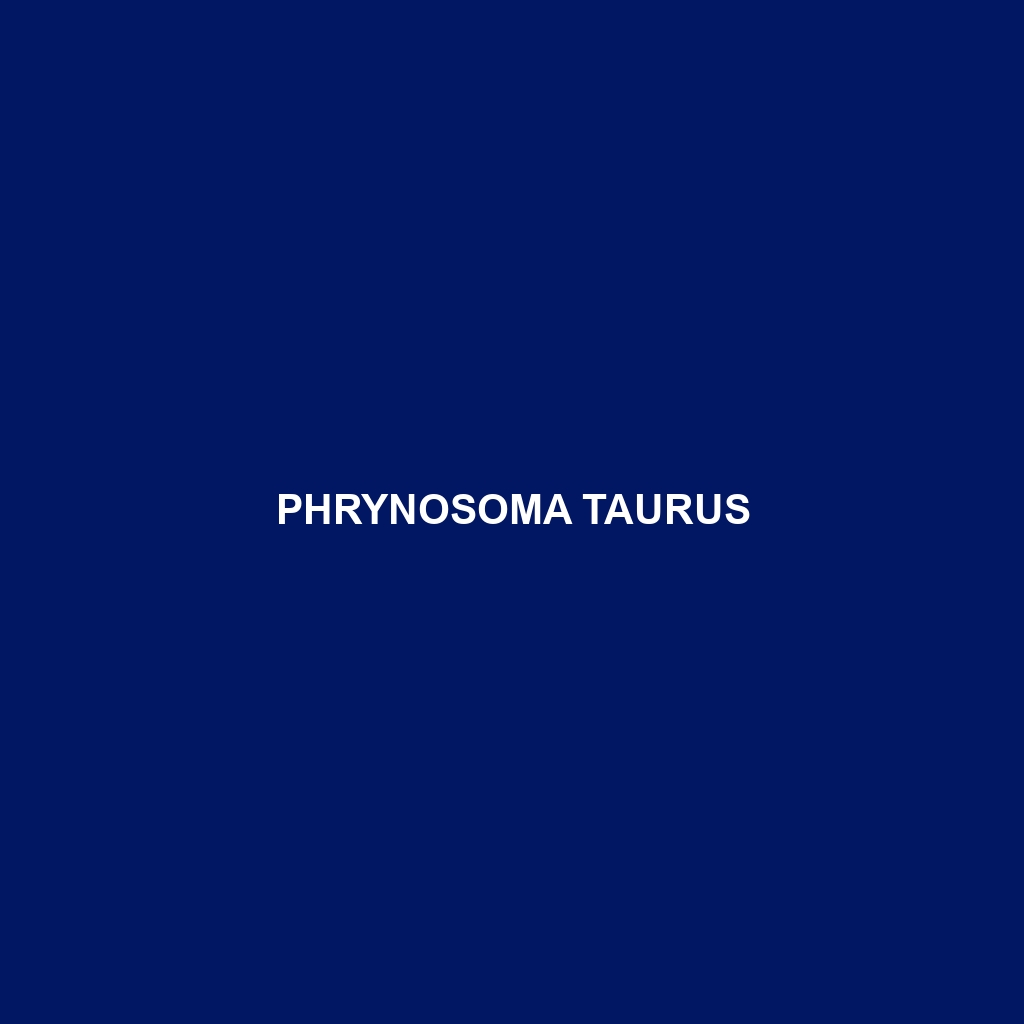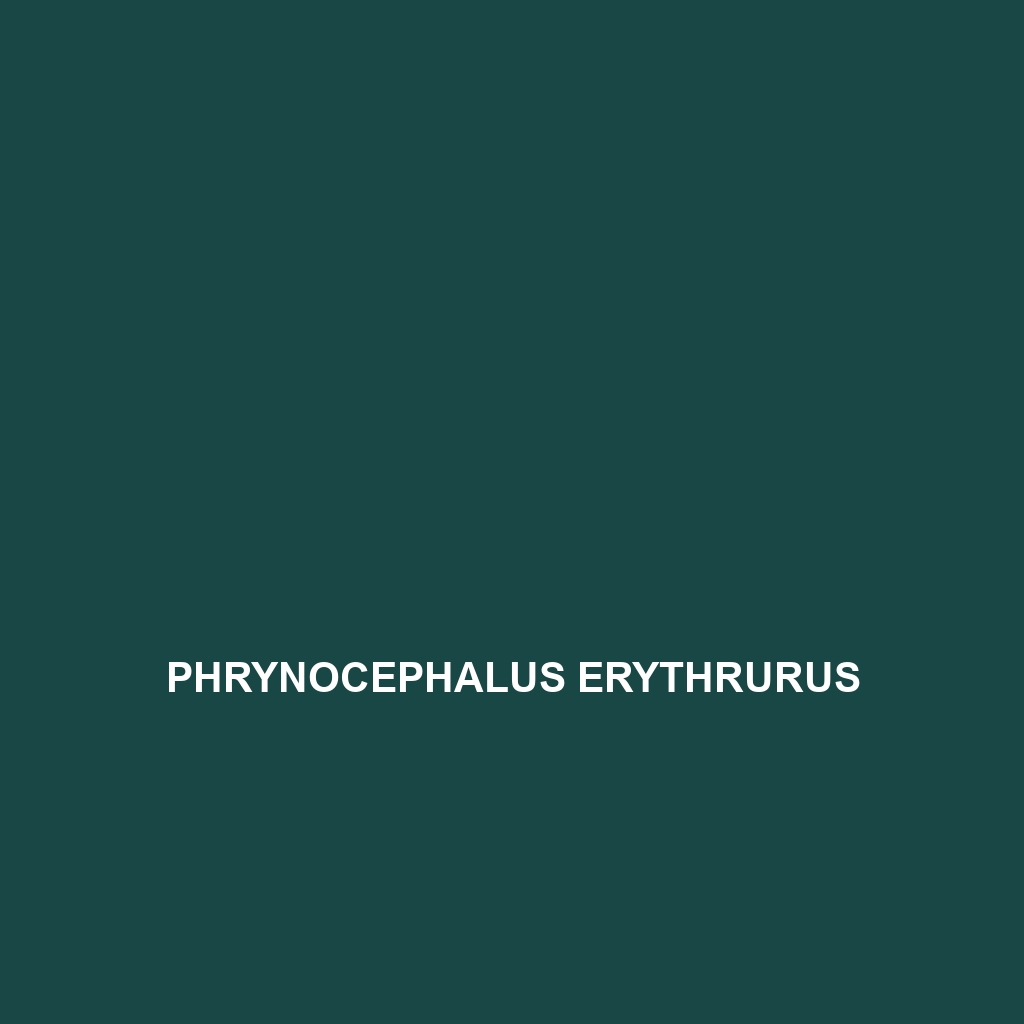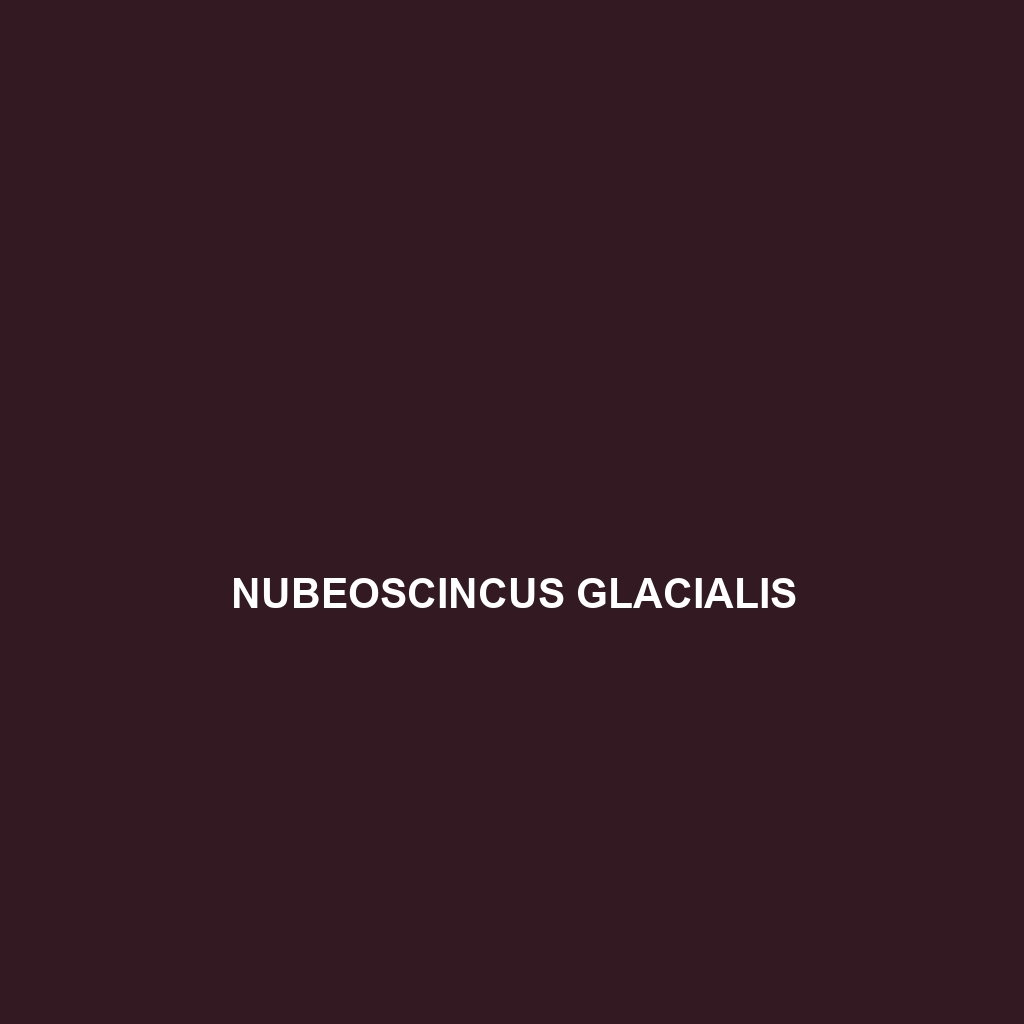<p><b>Sitana kalesari</b>, commonly found in the tropical regions of Karnataka and Andhra Pradesh, is an intriguing lizard known for its elongated body, adaptive camouflage, and diurnal behavior. As an insectivore, it plays a vital role in controlling insect populations while also serving as prey in its ecosystem.</p>
Tag: evolutionary adaptations
Sitana kalesari
<p><b>Sitana kalesari</b>, commonly found in the tropical regions of Karnataka and Andhra Pradesh, is an intriguing lizard known for its elongated body, adaptive camouflage, and diurnal behavior. As an insectivore, it plays a vital role in controlling insect populations while also serving as prey in its ecosystem.</p>
Podarcis carbonelli
<p><b>Podarcis carbonelli</b>, commonly known as Carbonell's Wall Lizard, is a medium-sized, adaptable lizard found in southern Europe's varied habitats, showcasing a distinctive dark brown to greenish coloration with bright spots. These diurnal insectivores play an essential role in their ecosystem by regulating insect populations and serve as both predator and prey within their Mediterranean surroundings.</p>
Phyllodactylus bordai
<p><b>Phyllodactylus bordai</b> is a small to medium-sized gecko, measuring 10 to 15 cm, found in the arid landscapes of South America. This nocturnal insectivore showcases striking camouflage with its mix of browns and tans, thriving in rocky terrains while playing a vital role in maintaining ecological balance.</p>
Phrynosoma taurus
<p>The <b>Texas horned lizard</b> (<i>Phrynosoma taurus</i>) is a distinctive insectivore known for its spiny projections, flattened body, and remarkable ability to camouflage in arid habitats of the southwestern United States and Mexico. These fascinating lizards play a vital role in their ecosystem by controlling insect populations while exhibiting unique behaviors like blood-squirting to evade predators.</p>
Phrynocephalus erythrurus
The Phrynocephalus erythrurus, or red-headed agama, is a medium-sized lizard native to the arid regions of Central Asia, recognized for its vibrant red or orange head, flattened body, and unique adaptations to harsh environments. This insectivorous species thrives in rocky terrains and plays a vital role in its ecosystem by controlling insect populations and serving as prey for larger predators.
Pedioplanis haackei
Discover the captivating Pedioplanis haackei, or Haack’s Flat Lizard, a small to medium-sized lizard from southern Africa, known for its striking blue coloration in males and its vital role in controlling insect populations within arid habitats. Native to Namibia and South Africa, this diurnal species thrives among rocky terrains and showcases fascinating behaviors, making it an intriguing addition to any reptile enthusiast's collection.
Pachydactylus mclachlani
<p><b>Pachydactylus mclachlani</b>, also known as McLachlan's Thick-toed Gecko, is a nocturnal insectivore native to the savannas and semi-arid regions of Namibia and South Africa. Known for its distinctive earthy-toned patterns and adaptability to harsh environments, this gecko plays a vital role in controlling insect populations and maintaining ecological balance.</p>
Pachydactylus caraculicus
<b>Pachydactylus caraculicus</b> is a medium-sized nocturnal gecko native to the arid regions of southern Africa, featuring a striking sandy beige to brown coloration with dark spots for effective camouflage. Primarily insectivorous, this adaptable species thrives in rocky terrains and plays a crucial role in its ecosystem by controlling insect populations.
Nubeoscincus glacialis
<p>The <b>Nubeoscincus glacialis</b>, commonly known as the snow skink, is a fascinating insectivorous lizard native to the temperate rainforests of New Guinea, recognized for its vibrant coloration, unique climbing abilities, and significant ecological role in controlling insect populations. Measuring 10 to 15 cm in length, this agile skink thrives in high-altitude, moist environments, making it an essential part of its ecosystem.</p>









